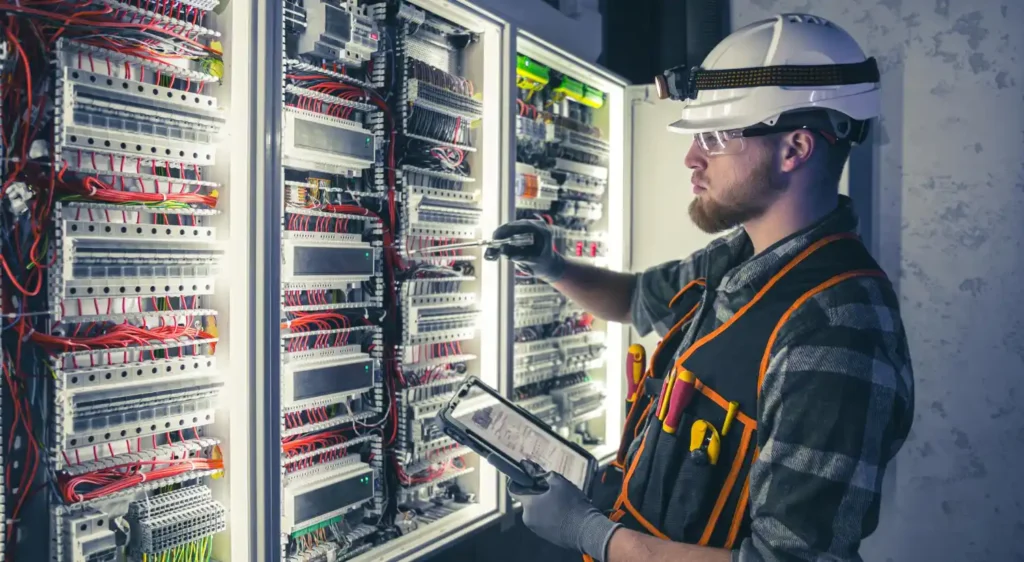Ofgem has stated it wants more innovation that has been funded through the Networks Innovation Competition to be adopted as business as usual (BAU), how effective is the funding in achieving that conversion to everyday practise?
There is a limit to how much you can learn in an innovation funded environment, things like commercial risk and contractual risk are distorted by innovation funding. Deploying things into BUA requires a different set of criteria than what funded innovation projects are measured against, and as a result you get different types of outcomes.
It’s not that there is no requirement for innovation funding, that’s quite a different argument altogether, but it’s important that we don’t focus too much on one area for funded projects because we get to a point where there is a lot of diminishing returns, such as with battery trials. Almost as a rule now battery innovation projects are not funded because the technical learning, the bit that needed innovation funding, has all been done.
The learning that is needed now is how you get a sustainable, commercially sound legal contract and commercial contract in place with a storage provider. There are too many comfort blankets with innovation funding that distort the negotiation you have. There is a case for conversion to BUA the earliest possible whenever possible on innovation topics.
How much of a challenge will it be to move from innovation to BAU?
There are a whole range of challenges from changing internal views to presenting business cases. It’s about new ways of working, new skills in the industry and about businesses taking on the risks that they have never experienced before and how you actually go about quantifying these risks and presenting them in a language that a business can understand.
What are the next steps for moving into BAU?
It’s not a big bang approach that is needed. Innovations that we are working on at the moment don’t necessarily work in all parts of the country in all scenarios at once. One of the key things we have to acknowledge with smart solutions is that there will be certain parts of the network where there is more stress and differing socio-political factors and topography. This means that solutions work in one place but not at all in another. So we have to accept that innovation needs to grow geographically and through the networks.
How does innovation need to change to adapt to decentralisation and how difficult will this be for network operators?
I think here complexity is the issue. We need to find ways in which the scale of the complexity can be kept manageable. If you are managing locally and innovating locally then the number of permutations that you end up with very quickly get into 100,000s. So the question is how can you make that a manageable enterprise? At the moment, transformers in London are the same as those in Orkney, it’s a very standardised approach across the whole country so what you are talking about is moving to a world where management by exception is going to be an absolute requirement.
Stewart Reid will be speaking on converting innovation to business as usual at the Future Networks conference in March, visit the event site for more information.
